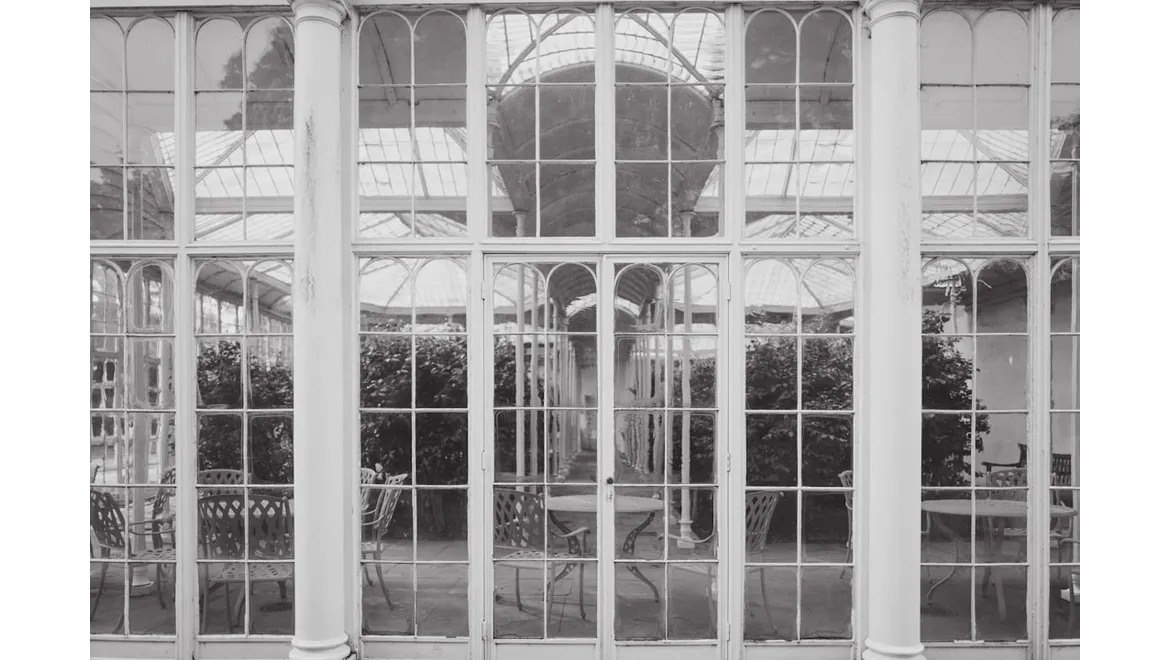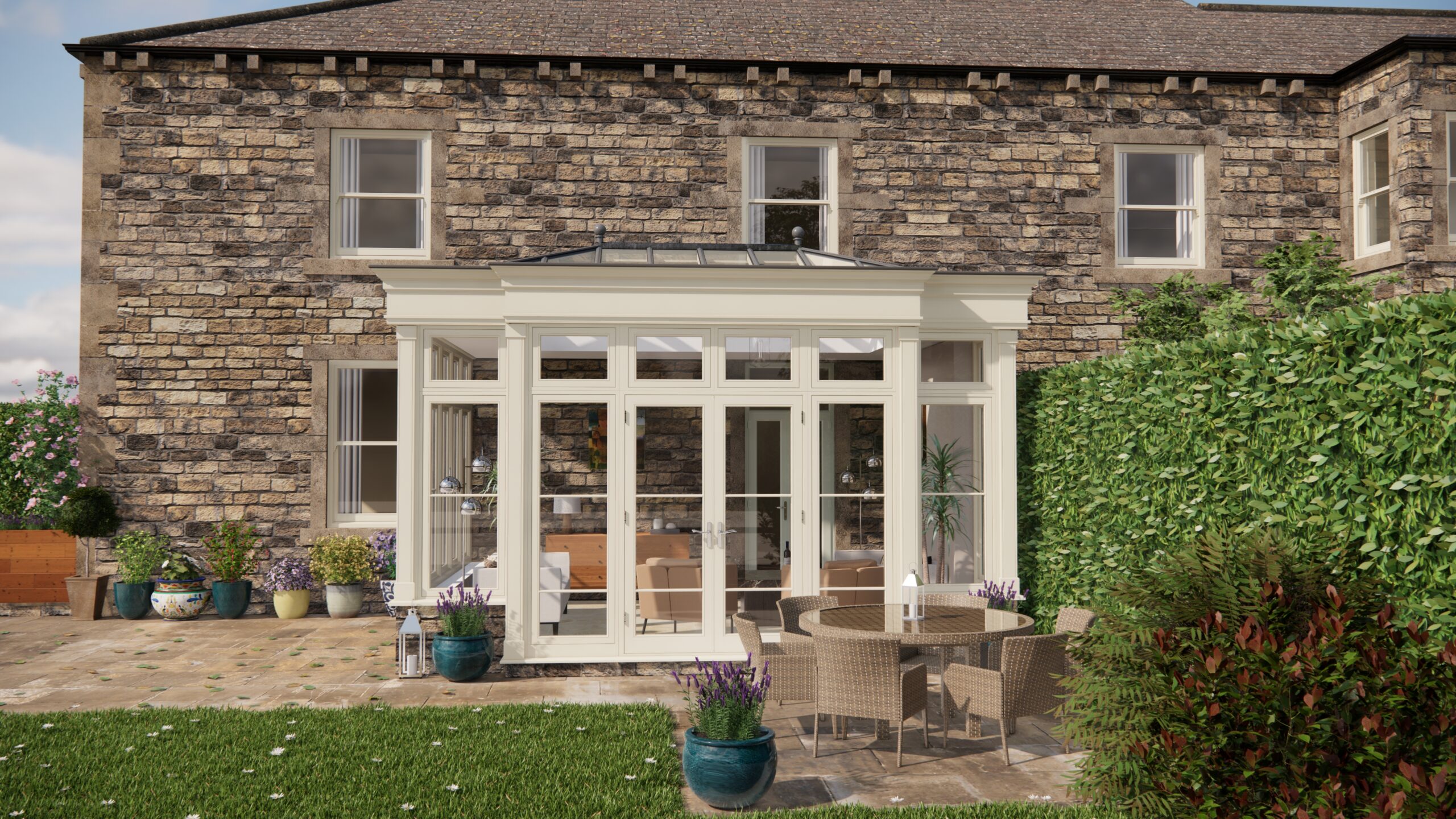Last week, I had the most enlightening conversation with my friend, Sarah. Over a cup of tea and the gentle hum of a lazy afternoon, she shared her experiences of transforming her garden into a community oasis, with an orangery at its heart. The idea of using an orangery as a social space to combat loneliness was something I’d never considered before, but by the end of our chat, I was utterly convinced of its potential.
Sarah began by explaining how the concept was born out of a simple need for connection. She had always loved her garden, but it felt like an underused space, especially during the colder months. The idea struck her when she read about historical orangeries being used as social hubs. With a bit of research and a lot of enthusiasm, she decided to build her own.
Planning and Design: Laying the Foundations
The first step, Sarah told me, was planning. She emphasised the importance of a clear vision. The orangery needed to be versatile, accommodating both intimate gatherings and larger community events. She worked with a local architect who understood her vision of creating a space that was both aesthetically pleasing and functional.
Sarah’s orangery was designed with large, south-facing windows to maximise sunlight. She opted for a classic, Victorian style, with elegant ironwork and stained glass accents. The choice of materials was essential, she explained, as they not only needed to be durable but also inviting. Wood was used extensively, giving the space a warm, organic feel.
Building a Community Hub: Welcoming All
Once the structure was up, Sarah focused on the interior. Her goal was to make it a welcoming environment for everyone. The furniture was a mix of comfortable sofas and versatile chairs that could be easily rearranged. She also included a long communal table for shared meals, workshops, and meetings.
But it wasn’t just about the physical space. Sarah stressed the importance of creating an atmosphere of inclusivity. She reached out to local groups and neighbours, inviting them to use the orangery for various activities. From book clubs to knitting circles, the space became a hive of activity, fostering connections among people who might not have met otherwise.
Activities and Events: Bringing the Orangery to Life
Sarah’s orangery quickly became a focal point for community events. She hosted weekly coffee mornings, which were a hit among the neighbourhood’s retired residents. The orangery provided a cosy setting where people could chat, share stories, and enjoy a sense of belonging.
Seasonal events became a staple too. In the summer, Sarah organised a garden party, complete with live music and home-cooked food. During winter, the orangery transformed into a magical setting for Christmas gatherings, complete with twinkling fairy lights and mulled cider.
Workshops were another popular feature. Sarah invited local artists and craftsmen to run sessions in the orangery, teaching anything from pottery to photography. These workshops not only provided people with new skills but also encouraged a sense of community spirit as attendees worked together and supported each other’s learning.
Challenges and Solutions: Navigating the Path
Of course, Sarah admitted, the journey wasn’t without its challenges. One of the main issues was ensuring the orangery was accessible to everyone. She had to work closely with the architect to include features like ramps and wide doorways.
Funding was another hurdle. Building an orangery is no small investment, so Sarah applied for community grants and set up a crowdfunding campaign. She was candid about the initial reluctance she faced but found that transparency and enthusiasm were key in gaining support.
She also encountered resistance from a few neighbours who were sceptical of the changes. But through open dialogue and inviting them to events, she gradually won them over.
The Impact: More Than Just a Building
Listening to Sarah, I realised that the orangery was more than just a beautiful structure. It was a testament to the power of community and the difference one person can make. The space had brought people together, fostering friendships and reducing the isolation many felt.
Sarah’s initiative inspired others to think creatively about their own spaces. It demonstrated that with a bit of imagination and a lot of heart, any area could be transformed into a community hub.
As our conversation wound down, I left with a sense of purpose and a notebook full of ideas. Sarah’s journey was a reminder that combating loneliness doesn’t always require grand gestures. Sometimes, it’s about creating a warm, welcoming space where everyone feels they belong. And in Sarah’s orangery, that’s exactly what she achieved.


